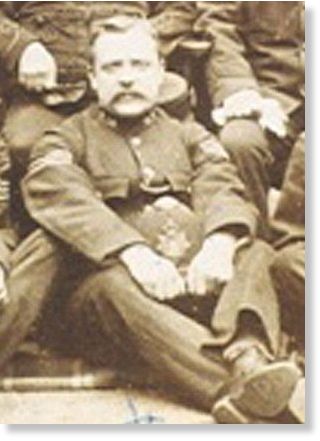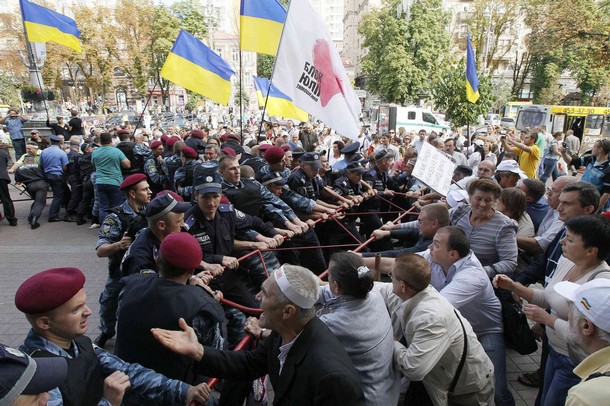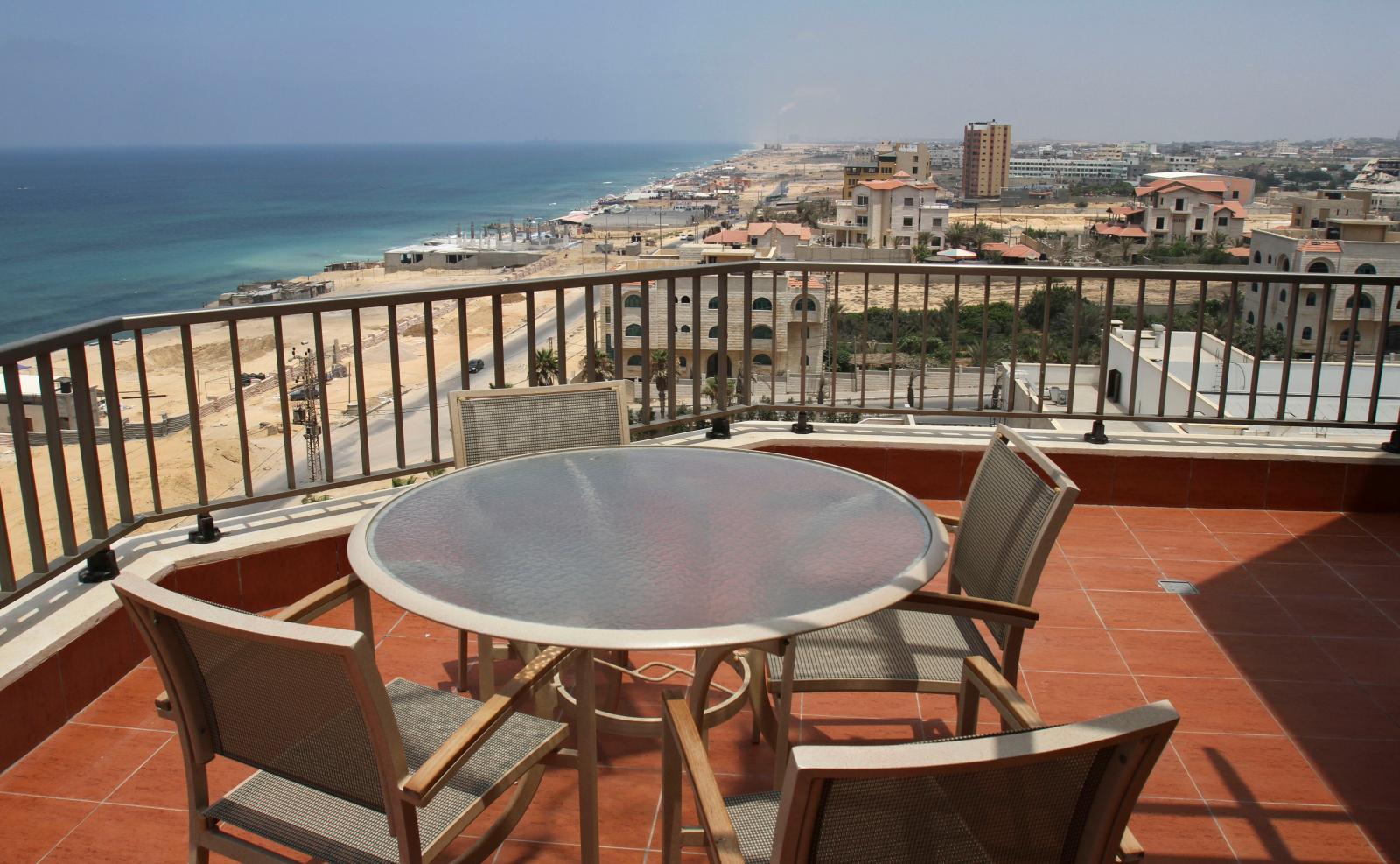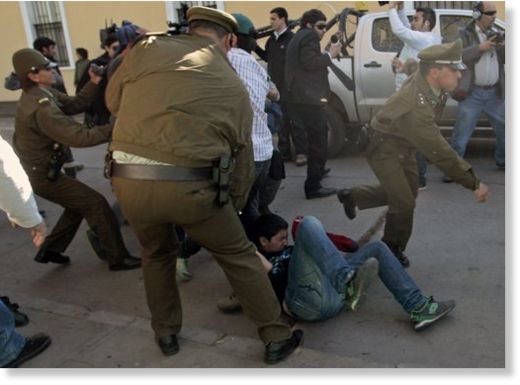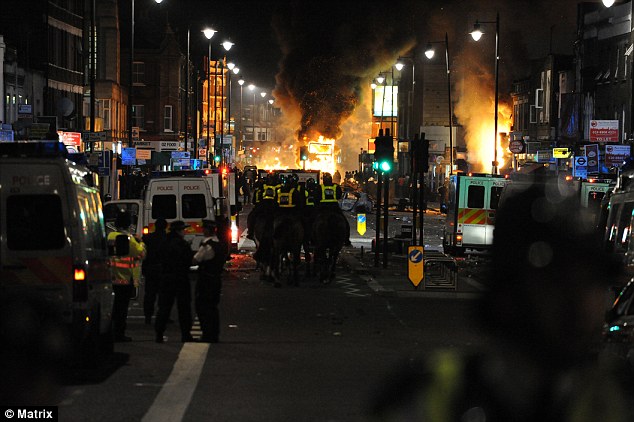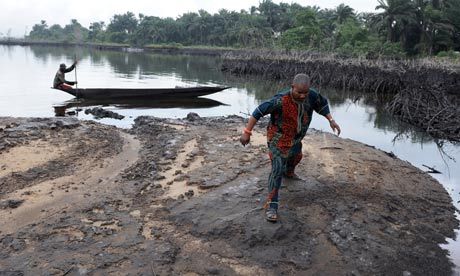
© Pius Utomi Ekpei/AFP/Getty ImagesA man walks on slippery spilled crude oil on the shores of the Niger Delta swamps of Bodo, a village in Niger's oil-producing Ogoniland.
Goi is now a dead village. The two fish ponds, bakery and chicken farm that used to be the pride and joy of its chief deacon, Barrisa Tete Dooh, lie abandoned, covered in a thick black layer. The village's fishing creek is contaminated; the school has been looted; the mangrove forests are coated in bitumen and everyone has left, refugees from a place blighted by the exploitation of the region's most valuable asset: crude oil.
Last Thursday, a long-awaited and comprehensive UN study exposed the full horror of the pollution that the production of oil has brought to Ogoniland over the last 50 years.
The UN report showed that oil companies and the Nigerian government had not just failed to meet their own standards, but that the process of investigation, reporting and clean-up was deeply flawed in favour of the firms and against the victims. Spills in the US are responded to in minutes; in the Niger delta, which suffers more pollution each year than the Gulf of Mexico, it can take companies weeks or more.
"Oil companies have been exploiting Nigeria's weak regulatory system for too long," said Audrey Gaughran of Amnesty International. "They do not adequately prevent environmental damage and they frequently fail to properly address the devastating impact that their bad practice has on people's lives."
Goi, 40 miles from Port Harcourt, is a typical case. Just a few miles from where Shell first found oil in Ogoniland in 1958, it is only 20 miles from Bane, the ancestral home of Ogoni writer and leader Ken Saro-Wiwa. People from Goi joined the great Ogoni protest march of 1994, when one in three people from the small kingdom of 900,000 rose peacefully against the company, preventing it from working any of its 30 wells in the area. Two years later, Saro-Wiwa and eight Ogoni leaders were tried on a fabricated murder charge and executed.
A quiet fishing community of fewer than 100 people, Goi was steadily weakened and then broken by a series of oil spills that, over 20 years, made the network of swamps, lagoons, rivers and creeks around it unusable. "People used to drink the water in the creek, fish, cook and swim in it. It was a perfect place," says Dooh. "We wanted for nothing, but the spills came, the tide washed in pollution from elsewhere and in 1987 a massive oil fire burned uncontrolled for weeks. By 2008, most people had left."
